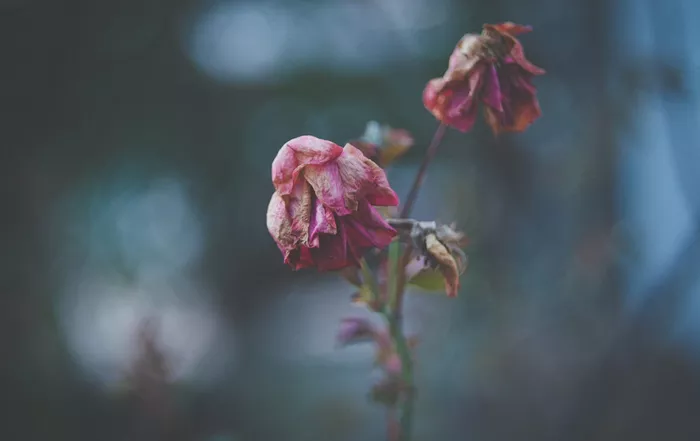Plants often give subtle hints when they’re not getting enough water-long before their leaves shrivel or stems dry out. Recognizing these early signs can help you keep your indoor and outdoor plants healthy and thriving. Here are seven key plant and flower signals that indicate underwatering:
1.Faded Leaves
Leaves on thirsty plants may lose their vibrant color, appearing dull or pale. While yellowing can mean overwatering or nutrient issues, a faded, lackluster look often signals a need for more moisture.
2.Brown, Crispy Leaf Edges
Before leaves turn fully brown, their margins may become dry and crispy. This can result from underwatering, though sun scorch or low humidity can cause similar symptoms.
3.Rolled or Puckered Leaves
Some plants respond to dryness by curling or puckering their leaves. Succulents, for example, develop wrinkled, puckered foliage when dehydrated. However, rolled leaves can also hint at other problems, so check soil moisture carefully.
4.Leaf Shedding
Plants may drop leaves as a defense mechanism against drought stress. If you notice premature leaf drop, it’s a sign your plant could use more consistent watering.
5.Dropping Buds and Flowers
When moisture is scarce, plants may delay blooming or shed buds and flowers early to conserve energy. If flowers are falling off or not appearing, consider increasing watering frequency.
6.Slow Growth
A lack of water can stall a plant’s growth during its active season. If your plants aren’t producing new shoots or blooms as expected, check their soil moisture.
7.Increased Pest Problems
Dehydrated plants are more vulnerable to pests like spider mites, which thrive in dry conditions. Keeping plants well-watered helps them resist infestations and stay healthy.
By tuning into these subtle floral and foliage cues, gardeners can better care for their plants, ensuring lush, vibrant growth and beautiful blooms all season long.


